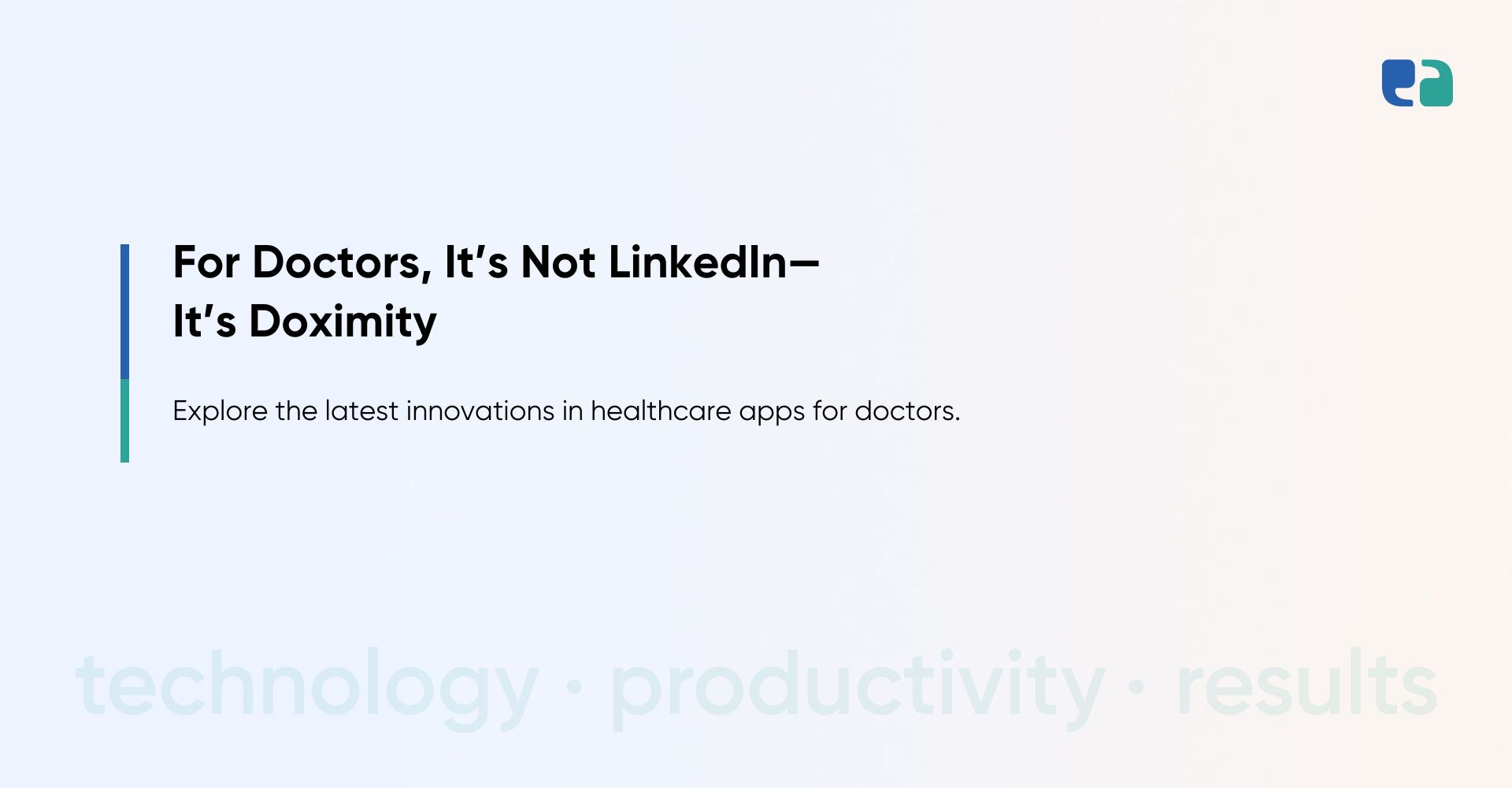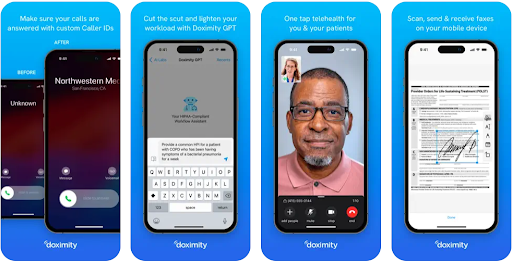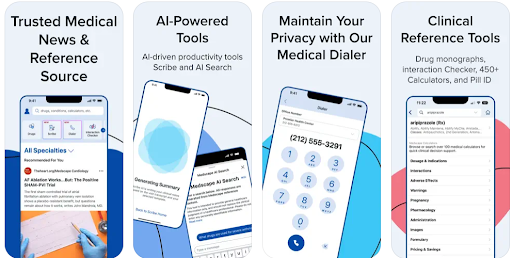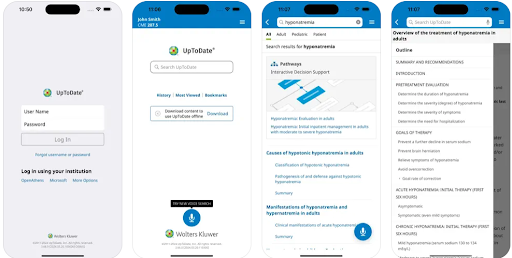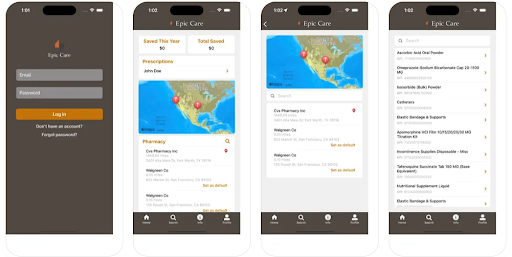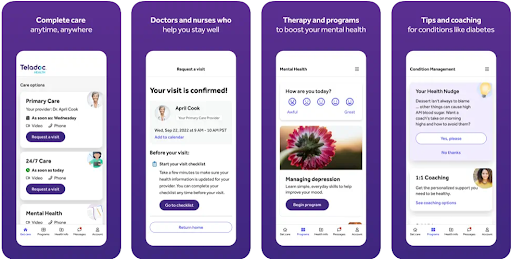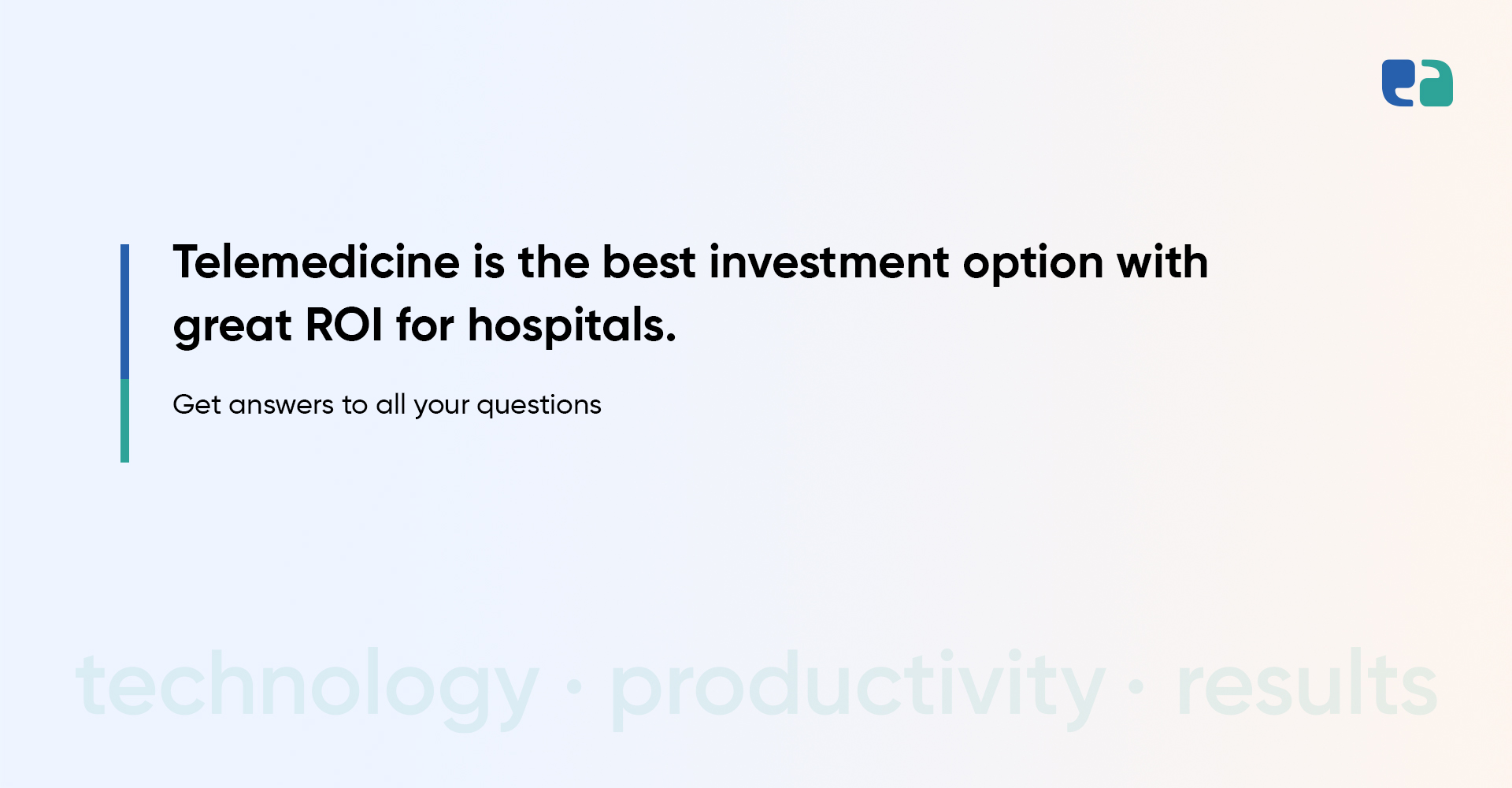Digital technology is now a core part of how doctors deliver care and manage their daily work.
In 2025, mobile and web apps aren’t just optional tools. They’ve become essential to how doctors practice medicine.
From checking patient records on the go to running virtual consultations, apps are helping physicians work smarter and faster.
These tools improve patient care, reduce admin stress, and simplify complex tasks.
Some even help with remote monitoring, AI-powered notes, and quick access to medical information—all from a phone or tablet.
This blog does two things.
First, we’ll explore the top healthcare apps doctors are using in 2025.
Then, we’ll walk you through how to build your own app—whether you’re a doctor looking to improve your workflow or an entrepreneur solving a healthcare problem.
And if you want to build a secure, compliant solution?
You’ll need a partner who truly understands healthcare tech—including HIPAA and PHIPA rules.
Why More Doctors Are Using Healthcare Apps in 2025
In 2025, more and more physicians are using mobile and web apps to simplify their work, improve patient care, and save time.
1. Time-Saving Superpowers
Doctors are busier than ever. That’s why apps that save time are game-changers.
- Smoother daily operations: Practice management apps help with appointment booking, patient records, billing, and more. Tools like AthenaOne do all this in one place—so doctors can focus more on patients.
- Fast access to critical info: Need to check drug interactions or clinical guidelines? Apps like Medscape, Epocrates, and UpToDate make it quick and easy. You can even use some of them offline.
- Less paperwork, more care: Many apps now use AI to handle documentation. Doximity can auto-generate referral letters and fax them securely. Medscape’s AI ‘Scribe’ helps with note-taking during patient visits.
2. Better Care Coordination & Smarter Decisions
Healthcare is a team effort. Apps make it easier to stay connected and make better decisions.
- Easy communication: Apps like Doximity let doctors securely chat, share updates, or send files to colleagues—even across different specialties.
- Decision support: Tools like UpToDate, MDCalc, and EHR-integrated CDSS (Clinical Decision Support Systems) offer real-time help during patient care. They analyze data and give evidence-based recommendations—so doctors can make safer, faster decisions.
- Data that talks to each other: Modern apps follow standards like FHIR to connect with EHRs and other systems. This means smoother information sharing and fewer gaps in care.
3. Stronger Patient Engagement & Remote Monitoring
Apps are also helping doctors connect better with patients—anytime, anywhere.
- Telehealth on the rise: Platforms like Teladoc Health and Amwell let doctors consult patients virtually. Great for rural areas or follow-ups.
- Secure messaging: With patient portals like MyChart, patients can message their doctor, view records, or reschedule appointments—right from their phone.
- Remote Patient Monitoring (RPM): Doctors can track vital signs or symptoms in real time using smart devices. This helps in early detection and managing chronic conditions from afar.
4. Easier Documentation & Built-In Compliance
Paperwork and compliance can drain a doctor’s energy. Apps help here too.
- Digital notes made easy: EHRs with voice typing or AI tools speed up documentation. No more late-night charting marathons.
- Practice management on autopilot: Platforms like AthenaOne automate billing, track claims, and generate reports—all while staying on top of finances.
- Privacy by design: Healthcare apps are built with compliance in mind. They include features like multi-factor authentication, encryption, and access controls to protect sensitive data. When done right, they meet HIPAA and PHIPA standards from day one.
5 Must-Have Healthcare Apps for Doctors in 2025
Here are 5 popular ones doctors are using in 2025 to make their work easier, faster, and smarter:
What Features Do Doctors Expect in a Healthcare App?
Doctors are clear about what they need from a healthcare app. It should save time, reduce administrative load, and help improve patient care. Here’s what they consistently look for:
1. Clinical Decision Support
Doctors rely on tools that provide quick, evidence-based support at the point of care.
They want features like:
- Drug interaction checkers
- Medical calculators and risk scoring tools
- Up-to-date diagnostic and treatment guidelines
These tools help doctors make faster, safer decisions and reduce the chance of errors.
2. On-the-Go Medical Reference
Access to medical knowledge must be quick and easy.
Doctors value:
- Instant drug lookups and dosage guidelines
- Clinical news and guideline updates
- Offline access to references
- CME (Continuing Medical Education) tracking
They don’t want to waste time searching for basic information during a patient visit.
3. Streamlined Practice Operations
Administrative tasks take up too much time.
Helpful features include:
- Patient scheduling and appointment management
- Integrated billing and claims processing
- Task tracking and automated workflows
These tools let doctors and staff focus more on care, not paperwork.
4. Seamless EHR Integration
Doctors prefer apps that connect directly with their EHR systems.
What they need:
- Easy access to patient history, lab results, clinical notes, and prescriptions
- Interoperability with existing software
- Custom workflows based on specialty
This allows for faster decisions and more coordinated care.
5. Secure, Compliant Communication
Data privacy is a top concern in healthcare.
Doctors expect:
- HIPAA- and GDPR-compliant messaging
- Secure digital fax and file sharing
- Tools to collaborate safely with staff and peers
Security should never be an afterthought—it must be built in.
6. Built-In Telehealth Features
Remote care is now standard.
Doctors want:
- Video visit capabilities
- E-prescriptions
- Integration with in-clinic workflows
They prefer platforms that don’t disrupt their routine and allow them to provide care anywhere.
7. Efficiency Within the Workflow
Doctors appreciate apps that actually make work easier.
Important features include:
- Automation of repetitive tasks
- Fast access to the right data
- No extra clicks or switching between screens
Apps must fit into their day—not slow it down.
8. Simple, Intuitive Interface
Design matters.
Doctors expect:
- Clean layouts
- Clear navigation
- No learning curve
A confusing interface means the app simply won’t get used.
9. Security and Compliance by Default
Security should be comprehensive and proactive.
Doctors require:
- Encrypted data storage and transfer
- Secure login and authentication
- Full adherence to healthcare privacy regulations
Regulatory compliance must be baked into the system from the start.
10. Practical Use of AI
AI isn’t just hype—it’s useful when done right.
Doctors appreciate:
- Automated transcription and clinical summaries
- Predictive tools for diagnosis and outcomes
- AI that integrates into clinical workflows
The focus is on reducing manual effort, not adding more steps.
So, What Does the Custom App Development Process Look Like?
Let’s walk you through the core steps we follow at SyS Creations when building a custom healthcare app for clinics, doctors, or multi-specialty practices.
1. First, We Talk to You. Not Just About Features—but Real Problems.
We start by sitting down with physicians, nurses, and staff. We want to understand what slows you down. Maybe it’s switching between tools. Maybe it’s spending hours on documentation. Maybe it’s a clunky EHR.
We don’t assume. We ask.
Then we map where you are now (“Point A”) and where you want to be (“Point B”). The app we build will bridge that gap.
2. Then, We Design Around Your Workflow.
Design isn’t about how pretty an app looks—it’s about how fast and easy it feels to use. Especially when every second counts.
We keep it:
- Fast (fewest clicks possible)
- Clean (no clutter, just what matters)
- Intuitive (so you don’t need a manual)
And yes, we involve you in every step—prototypes, feedback, and testing. Because your input shapes the design.
3. Now Comes Development (a.k.a. Building the Thing)
We pick the right tech stack—secure, scalable, and healthcare-grade. Then we build the core features you need first (your MVP).
We also make sure your app can connect smoothly with EHRs and other systems—using HL7 or FHIR, depending on what fits best.
Bonus? If you want AI features later, we build the backend in a way that can support that too.
4. It’s Not Done Until It’s Secure and Compliant.
Whether you’re in the US, Canada, or the EU, we follow privacy laws like:
- HIPAA
- PIPEDA/PHIPA
- GDPR
We bake security into every layer—encryption, access control, audits, backups. Because healthcare apps need trust—and that starts with protecting data.
5. Testing. Training. Then Go Live.
Before launch, we test it like crazy—functionality, security, and performance.
We often roll out the app in phases. First to a pilot group. Then wider. And yes—we train your staff so they actually use the app, not just install it.
Why Partner With a Healthcare IT Company Like SyS Creations?
Building a healthcare app isn’t just about writing code.
It’s about truly understanding how doctors work and what they need.
At SyS Creations, we’ve been working in healthcare IT for over 10 years. Our team deeply understands clinical workflows, because we’ve been building solutions only for the healthcare space.
We don’t just build apps.
We help you from the idea stage to final launch—and beyond. Whether it’s planning, designing, developing, or integrating with EHRs—we take care of everything.
With 250+ custom health-tech solutions already delivered, we know what works, what doesn’t, and how to avoid costly mistakes.
And yes—we’re serious about compliance. HIPAA, PHIPA, PIPEDA—we build with these in mind from day one. So your app is not only powerful but also secure and trustworthy.
Let’s build something that actually works for your practice.
